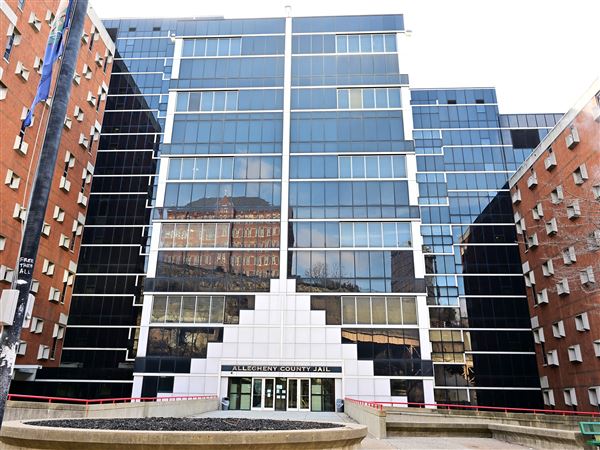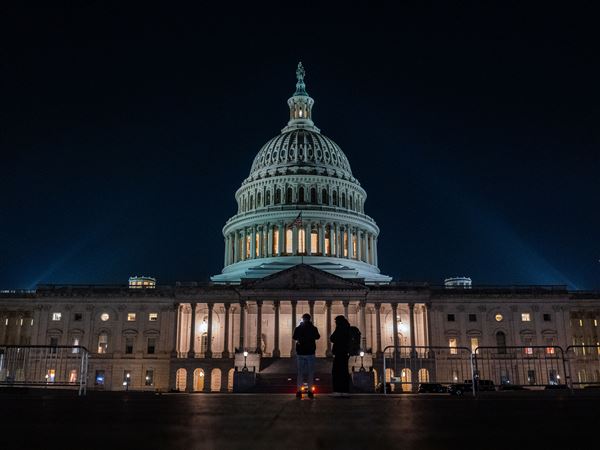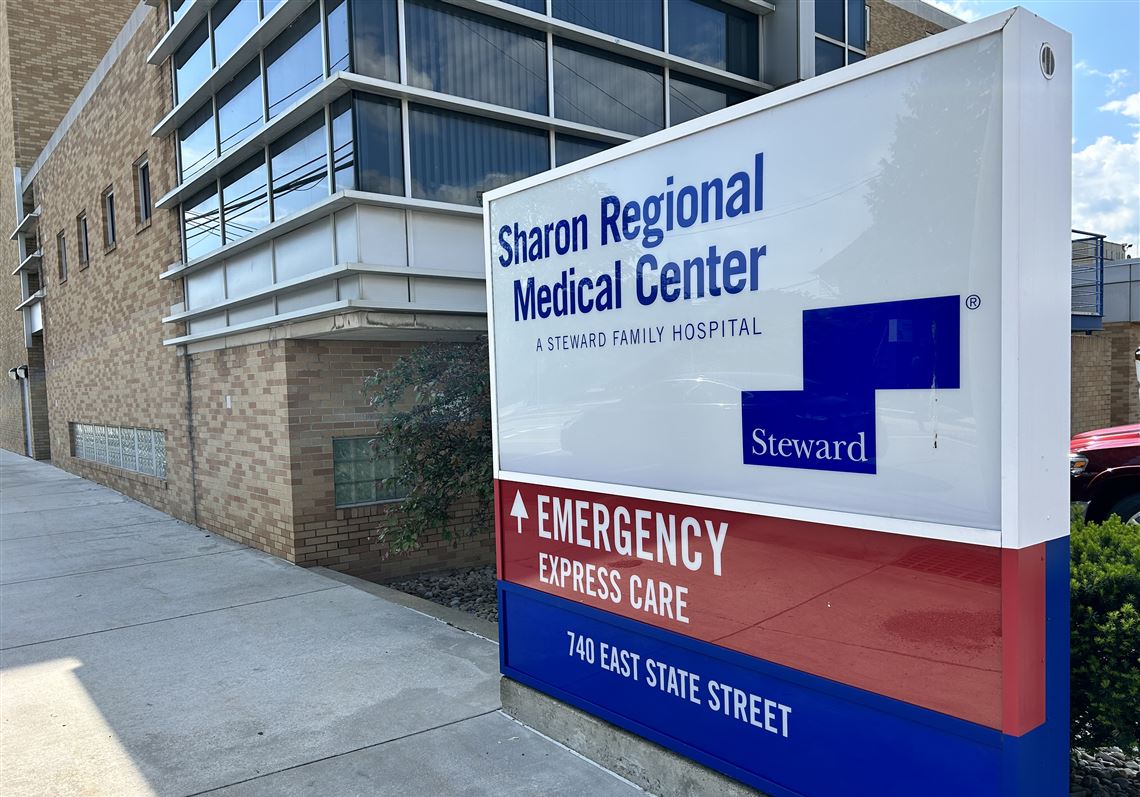The bankruptcy of Dallas-based Steward Health, which owns Sharon Regional Medical Center, highlights the headwinds facing America’s hospital system, especially in rural communities. Losing the hospital would be disastrous for the Mercer County community, northeast of Youngstown — but under current conditions, which work against rural hospitals, it is likely the facility can only survive either as a bare-bones emergency clinic or as a charitable institution.
The economic health of rural America, and the personal health of the people who live there, likely depends on subsidizing the collapsing rural health care system.
Over the last two decades, about 200 rural hospitals have shuttered across America. Worse, according to the Center for Healthcare Quality and Payment Reform, another 700 are at risk of closing — about one-third of all rural hospitals — while 300 are in “immediate” danger.
Further, dozens more have ended inpatient care in order to access funds from the federal “Rural Emergency Hospital” program, which excludes full-service facilities.
Pennsylvania’s numbers mimic the national trends: Six of 47 rural hospitals have closed since 2005, and 22 of the remaining 41 are operating at a loss — including Sharon and the Washington Hospital, whose acquisition by UPMC is being probed by state and federal regulators, but is likely necessary to its survival. CHQPR reports that 13 Keystone State hospitals outside metropolitan areas are at risk, and seven are in dire straits.
Sharon was a struggling independent nonprofit before getting scooped up by for-profit Community Health Systems in 2014. Then for-profit Steward Health bought the hospital in 2017. This saga shows, again, that no business structure is immune from the structural challenges facing rural health care.
The problem is as simple as the solutions are complicated: Rural hospitals, due to their sicker, older, more spread-out client bases, pay more to deliver the same care as their suburban and urban counterparts. But neither commercial nor public (that is, Medicaid and Medicare) health insurance providers recognize this distinction, meaning many rural providers are forced to operate at a loss. The shift of so many older patients from traditional Medicaid to commercial Medicare Advantage has, in many places, exacerbated this problem.
The Center for Healthcare Quality and Payment Reform argues that the solution is making commercial health plans reimburse rural hospitals the full cost of services, as opposed to a fee for each service that’s fixed across the board. This might increase the total costs paid out by the companies, leading to higher premiums for everyone. But maintaining access to health care in these communities is a public good, and there’s a good chance doing so would offset those cost increases through better preventative care.
Just as the Affordable Care Act spread out the costs of insuring people with pre-existing conditions, socializing the unique costs of rural health care is the fairest way to ensure as many people as possible can access the care they need in a way they can afford.
The future of rural and small town America depends on it.
First Published: May 21, 2024, 9:30 a.m.

















